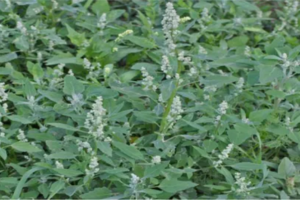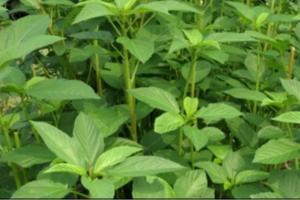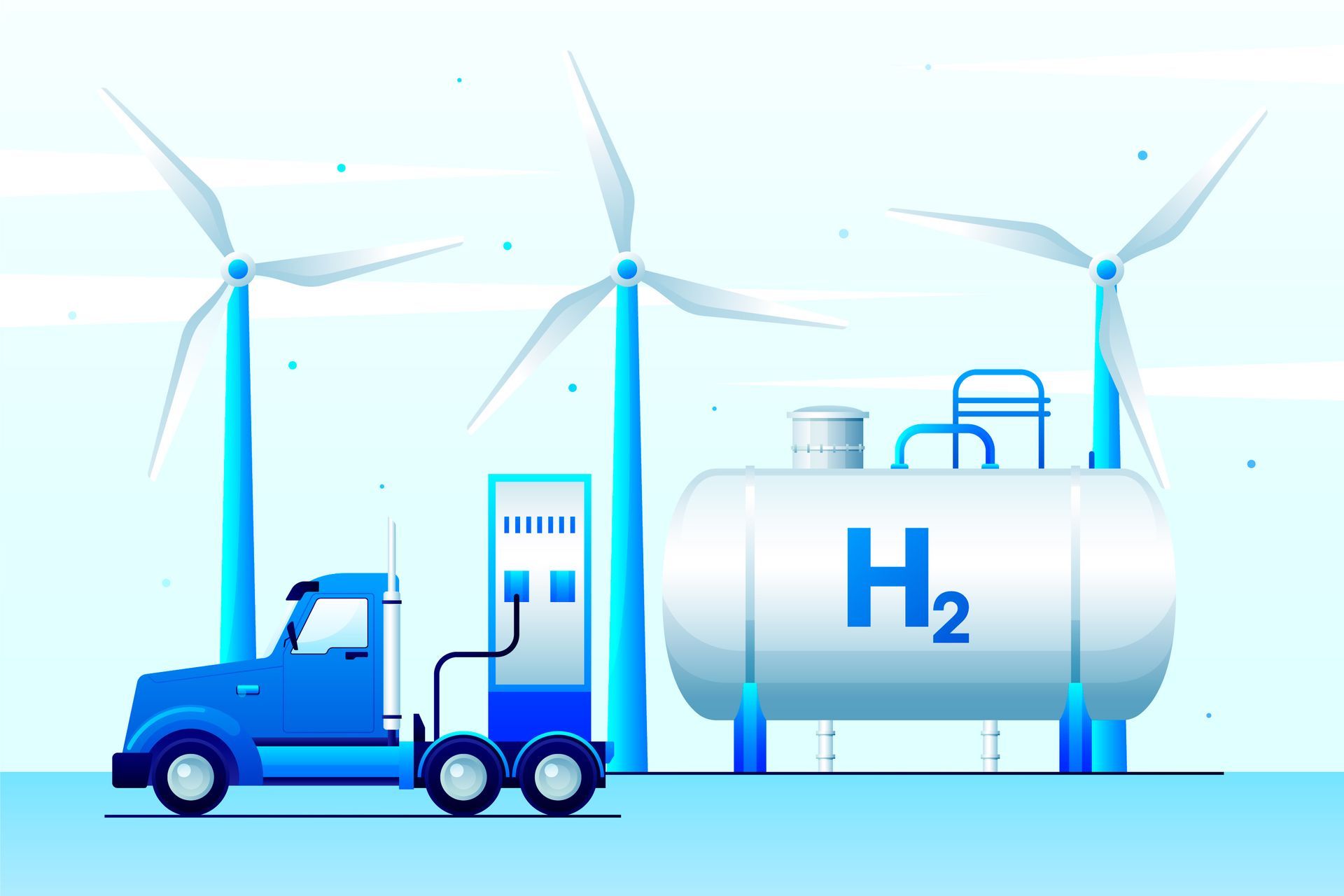Weed able for vegetable

Chenopodium album
It is also known as Lambs quareter in English and Bathua in india.
The plant is used in the diet not only to provide minerals, fiber, vitamins and essential fatty acids but also to enhance the sensory and functional value of the food. The plant has traditionally been used as a blood purifier, diuretic, sedative, hepatoprotective, antiscorbutic laxative, and as an anthelmintic against roundworms and hookworms. It is also antipruritic and antinociceptive. Chenopodium album is known by several common names such as white swan, pigweed, and bathua. This leafy vegetable is actually a weed that grows in wastelands and alongside other cultivated crops. It occurs in all tropical regions of the world. Man has been consuming its leaves and seeds since time immemorial. In India, the leaves are eaten as a leafy vegetable and like any other greens, it is cooked like curd, bathua raita and bathua paratha. The leaves are boiled and eaten. Bathua leaves raita and paratha are also delicious. Water 84 grams, energy 44 kcal, carbohydrate 7 grams, fat 0.8 grams, protein 4.3 grams, fiber 2.1 grams, iron 4 grams, calcium 280 milligrams, phosphorus 81 milligrams, vitamin A 11, per hundred grams of edible bathua leaves. 300 IU, Thiamine 0.15 mg, Riboflavin 0.4 mg, Niacin 1.3 mg and Vitamin C approx 90 mg.

Digera arvnsis
It is also known as false amaranth in English and lahsuwa in india especially in hindi.
Digera is an annual herbaceous plant belonging to the family Amaranthaceae. Use of green leafy vegetables is recommended to address the underlying micronutrient deficiencies. It usually starts growing especially after rain. This plant is a storehouse of important minerals and is a good source of proteins, vitamins, beta-carotene, amino acids and various phenolics. It has been used locally for thousands of years in many cooking traditions. The leaves and young twigs used by cooking as a vegetable are widespread in eastern tropical Africa and subtropical Asia. It is considered an edible green leafy plant. This plant is a rich source of calcium, iron. It is 20 cm to 70 cm in size, the edible part is 56%, the ash value is 3.54%, the moisture is 83.8%, and the protein content is 4.3%. It contains calcium 506 mg/100 g, potassium 604 mg/100 g, magnesium 232 mg/100 g, phosphorus 63 mg/100 g. The concentration of iron in it is 17.72 mg/100 g, zinc 0.57 mg/100 g, copper 0.16 mg/100 g. It contains ascorbic acid 49 mg/100 g, thiamine 0.10 mg/100 g. Total-carotene is 17.93 mg/100 g and carotene is 3.36 mg/100 g.

Corchorus olitorius
It is also known as wild jute in English and Razan in India.
Leaves with broad stalks and soft stems are consumed as a vegetable. It plays an important role in human diet as it has the ability to supply protein, energy, minerals and vitamins. This plant is of particular importance in the human diet of Asia and Africa as they can be easily grown in harsh environment and are quite easy to cultivate. Corchorus olitorius leaves contain 18.38% ash, 12.54% crude protein, 11.99% crude lipid and 19.56% available carbohydrate. The high energy value of leaves is 200.78 kcal/100 respectively. Potassium 2814.15 mg/100 g, Magnesium 76.69 mg/100 g, Sodium 54.56 mg/100 g, Calcium 30.55 mg/100 g, Phosphorus 6.68 mg/100 g, Copper 2.52 mg/100 g, Iron 19.53 mg/100 g in leaves , magnesium is 5.95 mg/100 g and zinc is 4.71 mg/100 g. The leaves of Corchorus olitorius are rich sources of potassium, iron, copper, manganese and zinc as well as have high energy value essential in human and animal nutrition. Its leaves are sticky, so animals eat them with great fervor. This plant grows in Kharif at the beginning of the rainy season and produces seeds at the end of Kharif.

Amaranthus cruentatus
It is also known as Red amaranth in English and Rajgira in India.
Amaranthus cruentus is a tall annual herbaceous plant bearing clusters of dark pink flowers. The height of the plant is high. It is believed to have originated from Amaranthus hybridus. This plant is usually green in color but sometimes it is also purple in color. Its seeds are eaten as a grain, and the leaves can be eaten cooked like spinach, and the seeds can be sprouted to make nutritious sprouts.
Amaranthus viridis
It is also known as small amaranth in English and choti Cholai in India.
It is an annual herbaceous plant with an erect, light green stem that grows to a height of about 60–80 cm. Many branches emerge from the base and the leaves are oval, 3–6 cm long, 2–4 cm broad, with petioles about 5 cm long. The plant has inflorescences with few branches. It is eaten boiled green or as a vegetable in many parts of the world.
Amaranthus spinosus
It is also known as spiny amaranth in English and kantili cholai in India.
Its plant is rich in protein and its leaves are juicy and the stem is soft. It is considered one of the few multipurpose pseudo-cereal crops that provide a large amount of high nutritive seeds. It is a rich source of protein, beta-carotene, vitamins, minerals, and dietary fiber. Amaranth starch is promisingly used by its high solubility and digestibility compared to wheat, rice and oats and its seeds are gluten free and contain 30% more protein with the full set of amino acids.
Conclusion
This type of plant can be used as a common vegetable crop in the future because almost all the properties of vegetables are found in them and more research is needed to adopt these plants as vegetables.
Author: Pawan kumar Mahour, ICAR- Central Sheep and Wool Research Institute, Avikanagar
More articles!







